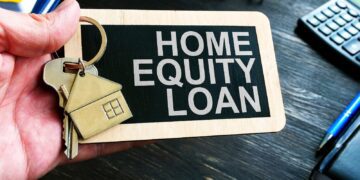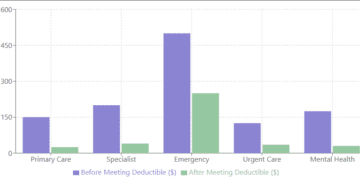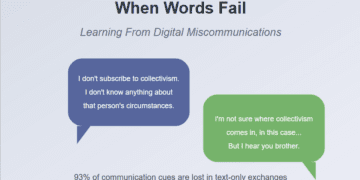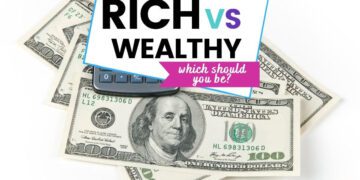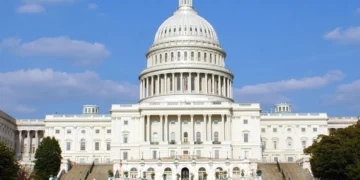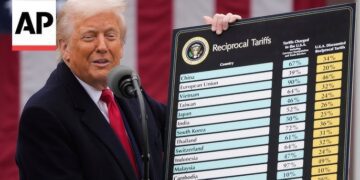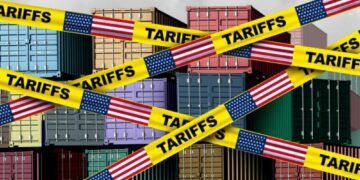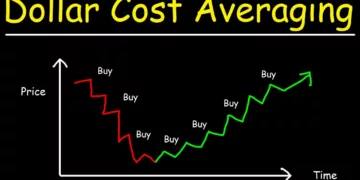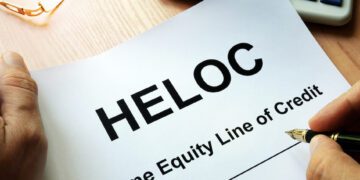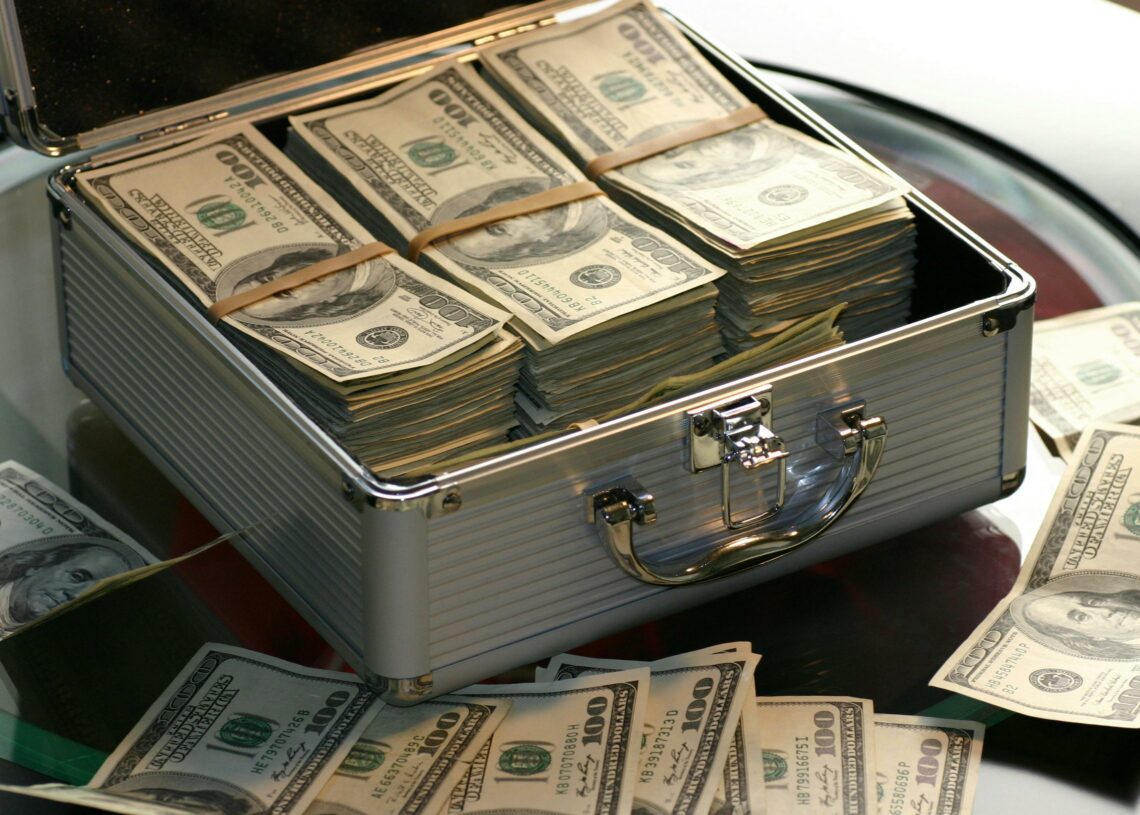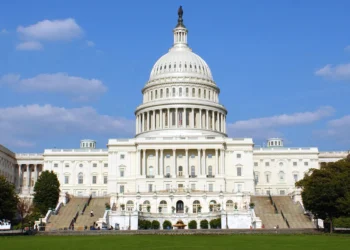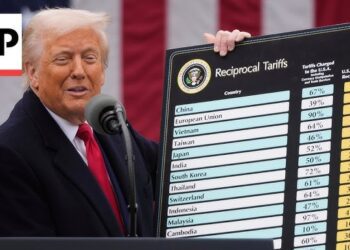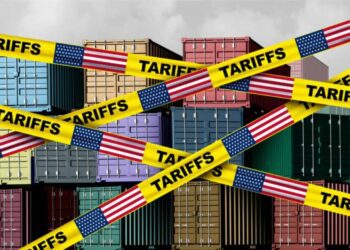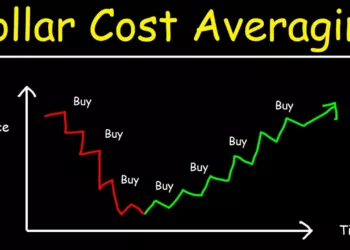In today’s rapidly changing economic landscape, the importance of having an emergency fund has never been more evident. As a professional trader and investor who has weathered multiple financial storms, I’ve seen firsthand how a robust emergency fund can mean the difference between financial stability and crisis. This updated guide reflects the latest financial realities and provides fresh strategies for building your emergency fund and financial safety net.
What is an Emergency Fund?
An emergency fund is a readily accessible savings account that serves as your financial buffer during unexpected circumstances. These funds are essential for covering:
Having an emergency fund is essential for anyone looking to achieve long-term financial stability. It acts as a cushion against unexpected expenses, ensuring you can handle life’s surprises without derailing your financial goals.
- Unexpected medical expenses and health emergencies
- Job loss or sudden income reduction
- Major home or vehicle repairs
- Family emergencies
- Natural disaster recovery
- Unexpected tax bills or legal expenses
The primary purpose remains unchanged: to prevent reliance on high-interest debt or premature withdrawal from long-term investments during financial emergencies.
Why is an Emergency Fund More Critical Than Ever?
Recent economic shifts have highlighted the importance of financial preparedness. Consider these current statistics:
| Statistic | Percentage |
|---|---|
| Americans who cannot cover a $2,000 emergency | 35% |
| Households experiencing a major financial shock annually | 32% |
| Workers who have experienced unexpected income volatility | 65% |
Consider the peace of mind that comes from knowing your emergency fund is there for you in times of need, especially when facing rising costs in various sectors.
Financial experts recommend establishing an emergency fund as a foundational step in building wealth and securing your financial future.
The rising costs of healthcare, housing, and essential services have made emergency funds even more crucial for financial stability.
Creating an emergency fund can enable you to take calculated risks in investments, knowing you have a safety net.
Ultimately, your emergency fund is your financial shield against the unpredictable nature of life.
Modern Risks of Not Having an Emergency Fund
- Cryptocurrency and Investment Volatility: With more people investing in volatile assets, having a stable emergency fund is crucial to avoid selling investments at a loss during market downturns.
- Gig Economy Uncertainty: The rise of freelance and contract work has created more income variability, making emergency funds essential for smoothing out irregular earnings.
- Rising Healthcare Costs: Medical emergencies can now result in significantly higher out-of-pocket expenses, even with insurance coverage.
- Digital Banking Risks: While online banking offers convenience, technical issues or cybersecurity incidents can temporarily limit access to funds, making it important to have emergency cash reserves.
Updated Emergency Fund Recommendations
The traditional advice of saving 3-6 months of expenses remains a good baseline, but consider these modern factors:
Without an emergency fund, you risk falling into debt during unforeseen circumstances, which can be detrimental to your financial health.
Base Calculation Factors:
- Monthly essential expenses
- Job market stability in your industry
- Remote work possibilities
- Health insurance deductibles
- Family size and responsibilities
- Debt obligations
- Geographic location and cost of living
New Recommendation Tiers:
- Minimal Safety Net: 3 months of expenses
- For stable jobs with high demand
- Strong professional network
- Multiple income streams
- No dependents
- Standard Protection: 6 months of expenses
- Traditional employment
- Some job market uncertainty
- Small family
- Average health risks
- Enhanced Security: 8-12 months of expenses
- Freelance or gig workers
- Specialized industry with limited opportunities
- Large family or special needs dependents
- Health concerns
- High-cost living area
Modern Strategies for Building Your Emergency Fund
Step 1: Leverage Digital Tools
- Use AI-powered savings apps that analyze spending patterns
- Set up automatic micro-savings from daily transactions
- Enable round-up features on debit card purchases
- Use digital banks offering higher interest rates
Step 2: Diversify Income Streams
- Explore remote side hustles
- Monetize skills through online platforms
- Consider passive income opportunities
- Participate in the sharing economy
Step 3: Optimize Existing Expenses
- Audit subscription services
- Use price comparison apps for essential services
- Consider hybrid or remote work to reduce commuting costs
- Implement smart home technology for utility savings
Step 4: Strategic Saving Techniques
- Practice zero-based budgeting
- Use the 50/30/20 rule (50% needs, 30% wants, 20% savings)
- Implement the “save first, spend later” principle
- Take advantage of employer emergency savings programs
Where to Keep Your Emergency Fund in 2025
Primary Options:
- High-Yield Online Savings Accounts
- Look for accounts offering competitive APY
- Ensure FDIC insurance coverage
- Check for minimal fees and requirements
- Consider user-friendly mobile apps
- Money Market Accounts
- Higher interest rates than traditional savings
- Check writing capabilities
- May require higher minimum balances
- Look for accounts with no monthly fees
- Short-Term CD Laddering
- Stagger CDs for better liquidity
- Take advantage of higher interest rates
- Maintain some funds in more accessible accounts
- Consider no-penalty CDs for portion of funds
New Considerations:
- Keep a small portion in physical cash for immediate emergencies
- Consider inflation-protected savings vehicles
- Evaluate digital banking platforms with enhanced security features
- Look for accounts offering sign-up bonuses while maintaining liquidity
In summary, an emergency fund is crucial for anyone aiming to navigate the uncertainties of life effectively.
When and How to Use Your Emergency Fund
Appropriate Uses:
- Unexpected medical expenses
- Essential home or vehicle repairs
- Job loss or income reduction
- Family emergencies
- Natural disaster recovery
- Critical technology replacement for remote work
Inappropriate Uses:
- Planned expenses
- Luxury purchases
- Investment opportunities
- Regular maintenance
- Vacation costs
- Non-essential upgrades
Emergency Fund Maintenance
Regular Review Schedule:
- Monthly balance check
- Quarterly goal assessment
- Annual inflation adjustment
- Life change reassessment
Replenishment Strategy:
- Set automatic transfers to rebuild
- Allocate bonuses and tax refunds
- Review and adjust budget temporarily
- Consider temporary side gigs
The Bottom Line
Building your emergency fund is not just about saving money; it’s about securing your future and ensuring you can overcome unexpected challenges.
In today’s dynamic economic environment, an emergency fund isn’t just about financial security—it’s about maintaining freedom and flexibility in an increasingly uncertain world. The ability to handle unexpected expenses without derailing your long-term financial goals is more valuable than ever.
Remember that building an emergency fund is a journey, not a destination. Start where you are, make consistent progress, and adjust your strategy as your life circumstances change. The peace of mind that comes from knowing you’re prepared for life’s financial surprises is invaluable.
“Financial freedom isn’t about having endless resources; it’s about having options when you need them most.”
Additional Resources
For more insights on building financial security, check out:
Disclaimer: This blog post reflects personal experiences and professional observations. It is not financial advice. Always consult with qualified financial professionals for personalized guidance based on your specific situation.

